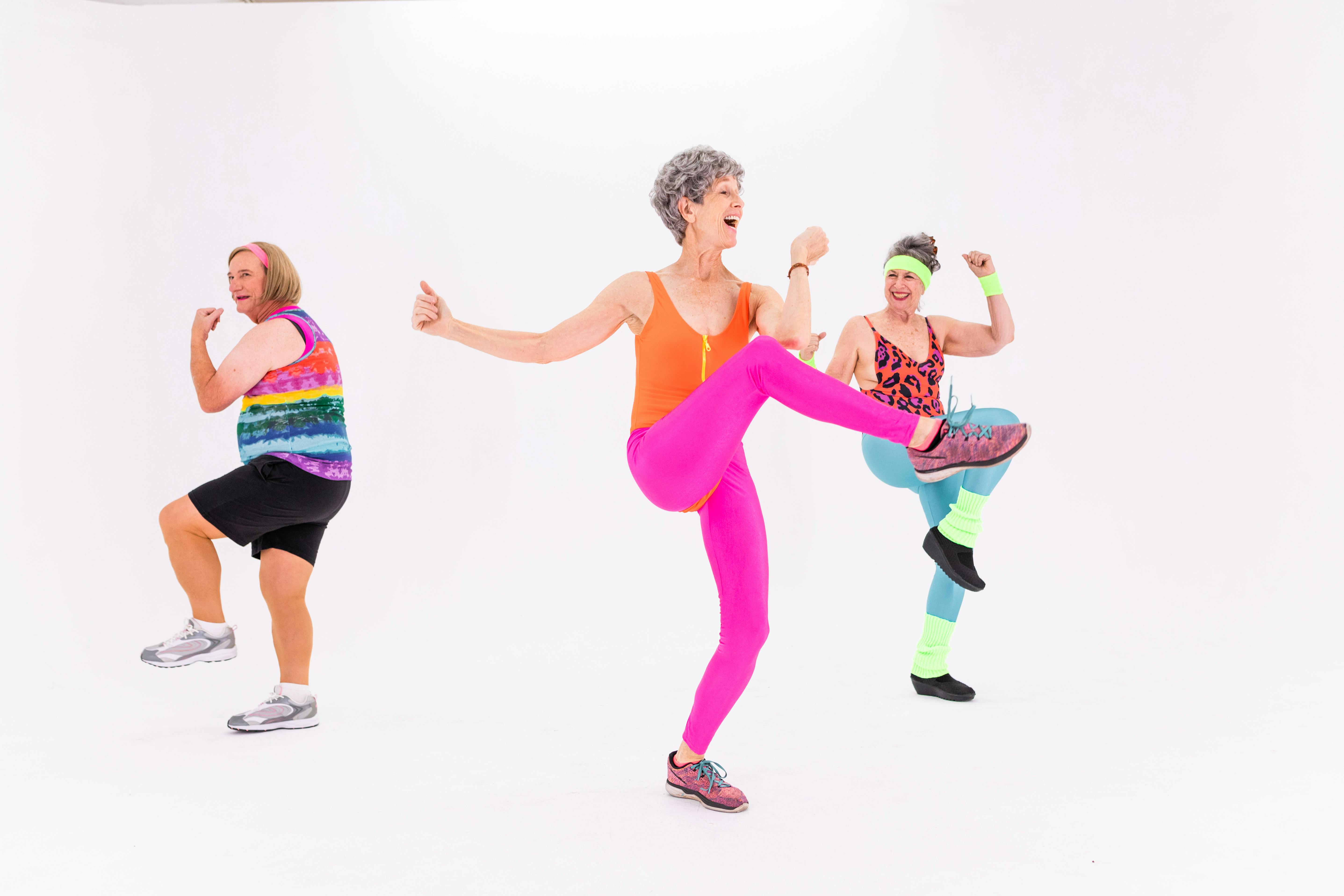Chair massage (also called seated massage) was developed by American David Palmer in the early 1980s.
This 15-minute massage is performed with the recipient seated and supported by an ergonomically designed chair. Although chair massage is primarily used for relaxation and stress relief in the work environment, chair massage is also suitable for the pregnant woman who has difficulty lying in a proper position on the massage table. The elderly and infirm can also benefit from seated massage.
An unexpected and rare side effect of seated massage can be nausea and fainting. This “fainting phenomenon” occurs with people (mainly women) who are predisposed to low blood pressure. Typical cases of clients fainting include pregnant women and women experiencing menstruation. Diabetics who have allowed their blood sugar to drop may also be affected. Missing a meal or snack before their massage puts the diabetic person at risk of fainting in the chair. Sometimes a regular seated massage client may experience a “one-time” faint for no apparent reason. A person who has bouts of nausea or fainting may also be at risk for this side effect. For example, a person who feels ‘dizzy’ and nauseous when donating blood. So what should the masseuse do?
During the initial interview, the doctor should ask about the recipient’s blood pressure and any history of fainting. The therapist should always inform the client to report the slightest feeling of discomfort or nausea during the massage. If the client passes out in the chair, the therapist can support the client to avoid any injury or help the unconscious person to get up from the chair and raise their legs. Consciousness will return soon. There will be no ill effects from the experience once it passes. However, fainting can be a source of embarrassment to the client. The therapist should assure the person that fainting can occur during a seated massage, but that there are no sequelae.
It may be helpful to give a simple explanation of the phenomenon of fainting. One of the best known benefits of massage is relaxation. When the body relaxes, blood pressure drops. When this occurs during a table massage, nothing happens until the client sits down after the massage. The client may feel a bit “spaced” or “intoxicating.” If the customer gets up from the table too quickly, they may feel dizzy. However, during a seated massage, the effect of decreased blood flow to the brain is immediate. Therefore, dizziness and nausea may occur.
In short, then, it is essential that all seated massage therapists are aware of the phenomenon of fainting and take all necessary steps to prevent it from happening to their clients.
